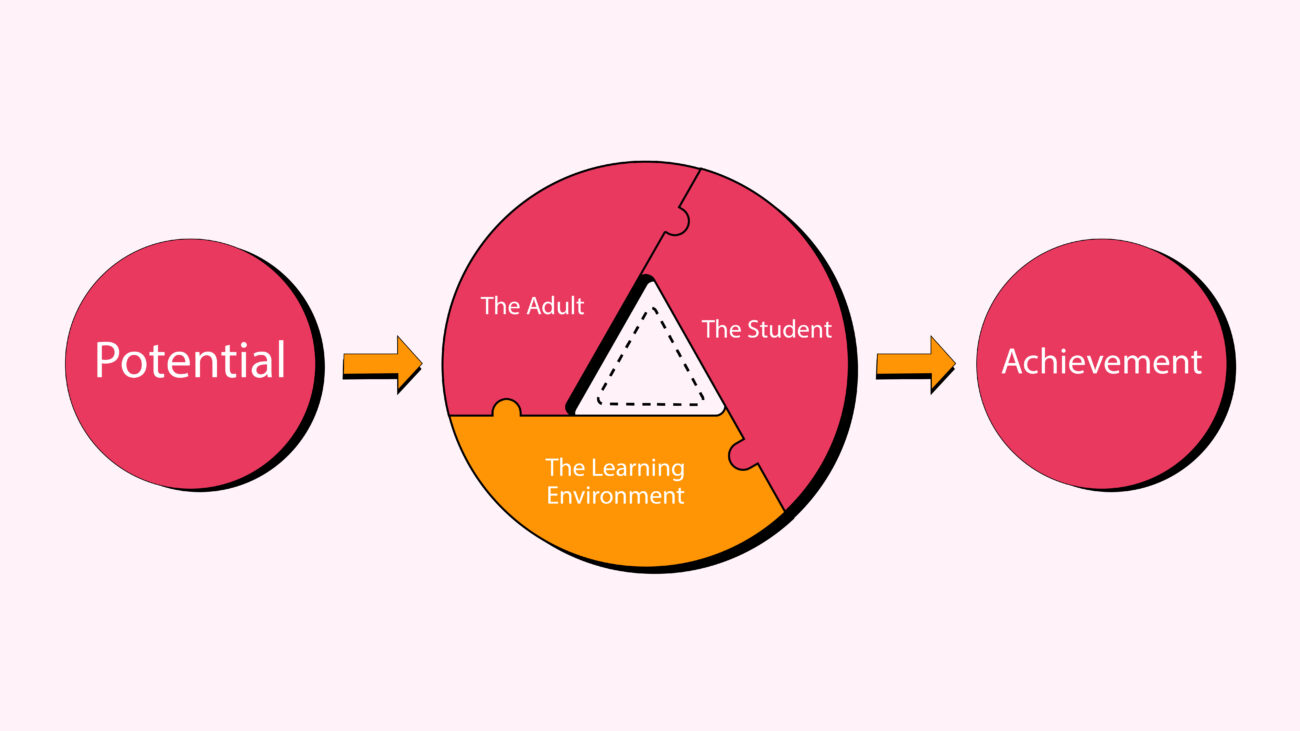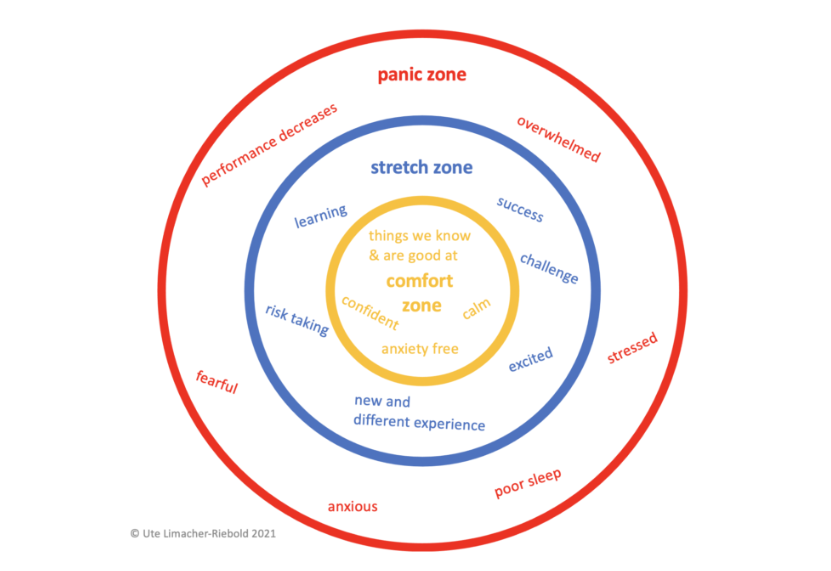Your Child Isn’t Lazy—They’re Just Bored: How to Make Learning Exciting Again

Imagine waking up every day, heading to work, and doing the same repetitive tasks—tasks you’ve already mastered, with no room for creativity or challenge. You know exactly what’s going to happen before the day even begins.
For many high-potential children, this is what school feels like. They already understand the material but are still expected to sit through lessons, focus on repetitive assignments, and follow step-by-step instructions that feel meaningless.
Over time, without the right level of challenge, boredom turns into frustration. The love of learning fades, and motivation disappears.
If this sounds like your child, don’t worry—you’re not alone. Let’s explore why this happens and what you can do to help.
The Learning Environment & Underachievement

A child’s ability to succeed depends on three key factors:
The student—their abilities, interests, and mindset
The learning environment—how well the school challenges and engages them
The adults—teachers and parents who support and guide them
Even the most capable students will underachieve if the learning environment doesn’t meet their needs. One of the biggest culprits? A curriculum that’s too easy.
The Three Learning Zones

Psychologists Ryan and Markova describe learning in three zones:
Comfort Zone – Learning feels effortless. It’s easy, predictable, and requires little effort.
Stretch Zone – Learning is challenging but engaging. This is where growth happens.
Panic Zone – Learning is overwhelming. Anxiety takes over, and motivation drops.
Underachievers are often stuck in either the comfort zone or the panic zone:
Too easy? They get bored, disengage, and stop trying.
Too hard? They feel overwhelmed and give up quickly.
To unlock their potential, they need to spend more time in the stretch zone, where learning is both challenging and rewarding.
The Comfort Zone: When Learning is Too Easy

The comfort zone is safe and predictable. Kids know what to expect, and they don’t have to work too hard. It’s where we all like to relax and recharge—but staying there too long leads to boredom and underachievement.
Signs Your Child is Stuck in the Comfort Zone:
- They finish schoolwork quickly and seem uninterested.
- They rarely struggle or feel challenged in class.
- They lose focus easily and may act out or daydream.
- They get good grades but don’t seem engaged in learning.
Many gifted or high-potential students are mistaken for having ADHD or behavioral issues when, in reality, they’re just not being challenged enough.
Take Tom, the “Why Should I Bother?” student. He gets straight A’s, but learning feels effortless—so he never develops perseverance or problem-solving skills. If he were given appropriately challenging material, he might be working at a level three or four grades ahead.
Bottom Line: Even if your child is excelling academically, they may still be underachieving if they never struggle or grow.
The Stretch Zone: Where Learning is Fun and Challenging

The stretch zone is the sweet spot of learning—it’s where kids are engaged, excited, and growing.
Learning feels stimulating but not overwhelming.
Kids take risks, try new things, and learn from failure.
Challenges push them to improve while building confidence.
The goal is to help children step out of their comfort zone, stretch, reflect, and grow. Over time, what once felt like a challenge becomes second nature—and they develop resilience, creativity, and a love of learning.
How to Help Your Child Escape the Comfort Zone
If you suspect your child is bored in school, here are three steps to help them find the right level of challenge.
1️⃣ Identify Signs of Boredom
Ask your child:
- Do you find your schoolwork too easy (comfort zone)?
- Do you find it challenging but interesting (stretch zone)?
- Do you feel overwhelmed and frustrated (panic zone)?
If they breeze through assignments without effort, they likely need more advanced material.
2️⃣ Talk to Their Teacher About a Pre-Test
If your child already knows the material, ask the teacher about a pre-test at the start of a unit. Instead of waiting until the end of the term to assess their knowledge, a pre-test can identify what they already know—allowing them to work on enrichment or advanced content instead of sitting through redundant lessons.
Key Point: Getting out of the comfort zone doesn’t mean more work—it means more meaningful work.
3️⃣ Consider Grade Skipping or Advanced Placement
Many parents worry that grade skipping might be too socially difficult. But if your child is consistently unchallenged, moving up a grade or taking advanced classes might be the best option.
Things to consider before grade skipping:
- Is your child emotionally and socially ready?
- Are there alternative enrichment programs available?
- Will they still feel engaged and supported in a higher grade level?
Every child is different, but if school feels meaningless, learning won’t be enjoyable—and that’s a bigger issue than skipping a grade.
Be the Example: Show Your Child How to Step Into the Stretch Zone
Kids learn from watching us. If they see adults taking on challenges, they’ll be more likely to do the same.
Next time you’re learning something new—whether it’s a language, a new skill, or a career challenge—talk to your child about it:
- What made you decide to try it?
- How did you feel before, during, and after?
- Have you ever been in the panic zone? How did you handle it?
By normalizing challenge and struggle, we teach our children that learning isn’t about being perfect—it’s about growth.
Final Thoughts: Your Child Isn’t Lazy—They Need the Right Challenge
When school is too easy, kids don’t just get bored—they stop trying altogether.
I see this all the time. Parents say, “My child is smart but unmotivated.” Teachers assume, “They just don’t care.”
But the truth is, many kids are simply stuck in the wrong learning zone.
By helping them step into the stretch zone, we can reignite their curiosity, resilience, and love of learning.
If you like my posts, sign up for my newsletter to get more tips in your mailbox (I don’t send spam, only good things).
